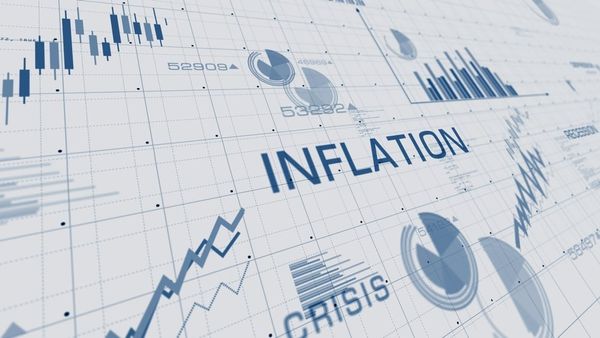Social Security beneficiaries will likely receive bigger monthly checks come 2026 — but it still might not be enough to counteract inflation.
That’s according to the leading senior advocacy group, The Senior Citizens’ League, which predicts the cost-of-living adjustment will rise 2.7 percent for next year when announced in October.
The Social Security Administration announces a new COLA each year to ensure benefits for seniors keep up with inflation; if there is higher inflation, the monthly benefit also increases.
"With the COLA announcement around the corner, seniors across America are holding their breath," the Senior Citizens’ League Executive Director Shannon Benton said in a statement. “While a higher COLA would be welcome because their monthly benefits will increase, many will be disappointed … Many seniors believe the COLA does not actually capture the inflation they experience.”
The 2.7 percent increase predicted for 2026 is .2 percentage points more than the COLA for 2025.
The 2025 COLA boosted benefits by about $49 a month for the average Social Security retiree’s payment.
Each fall, the Senior Citizens’ League takes the average inflation measure by the Consumer Price Index for Urban Wage Earners and Clerical Workers for July, August and September to predict the COLA for the next year.
The group’s prediction for this year has risen each month since May, “pointing to risks for resurgent inflation,” the Senior Citizens’ League said.
The inflation rate has held steady just at or around 3 percent since the start of the year, though experts predict it will rise later in the year as President Donald Trump’s tariffs raise consumer prices. July’s inflation rate of 2.7 percent comes in the final month before Americans can expect to see prices spike for everything from Irish Whiskey to Toyotas made in Japan to Brazilian coffee.
Trump had initially rolled out tariffs on “Liberation Day” in April before halting the plan after the stock market tumbled and the Treasury bond market spiked.
The latest Consumer Price Index report from the Bureau of Labor Statistics seems to suggest that even though Trump paused many of his reciprocal tariffs, Americans are still feeling the effects. Even so, the White House says Americans have not been hurt by the tariffs.
“The Panicans continue to be proven wrong by the data – President Trump’s tariffs are raking in billions of dollars, small business optimism is at a five-month high, and real wages are rising,” White House Press Secretary Karoline Leavitt said in a statement. “The American people have rightfully put their trust in President Trump’s America First agenda that is Making America Wealthy Again.”
While Trump claims people won’t be affected, a study from the Yale Budget Lab last week showed that consumers face an overall average tariff rate of 18.6 percent, the largest since the Great Depression.







